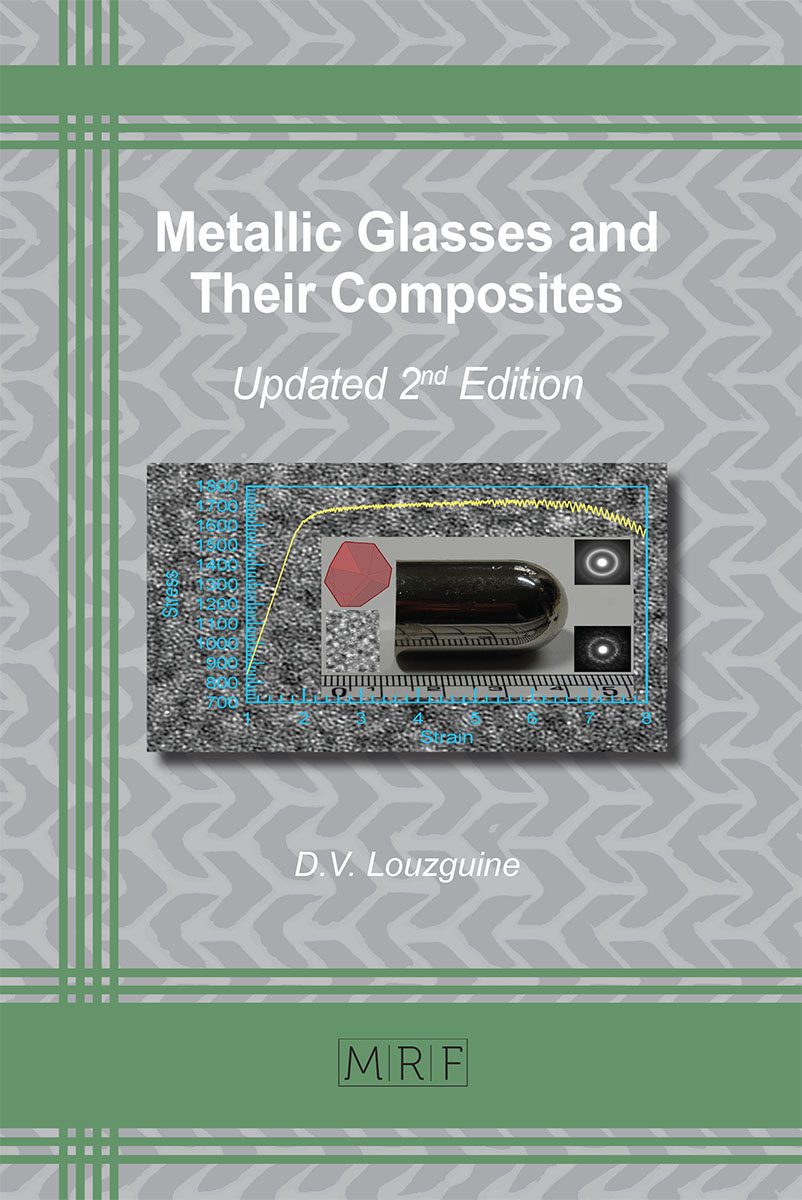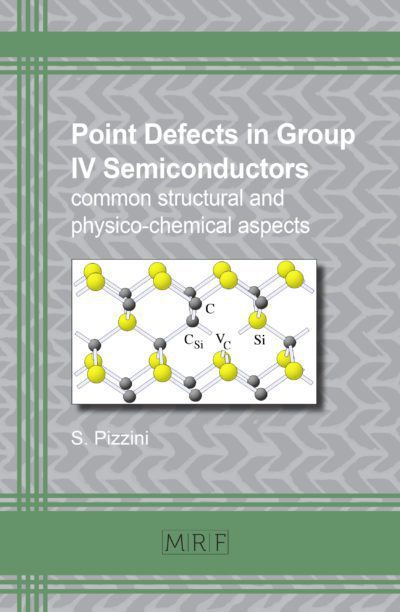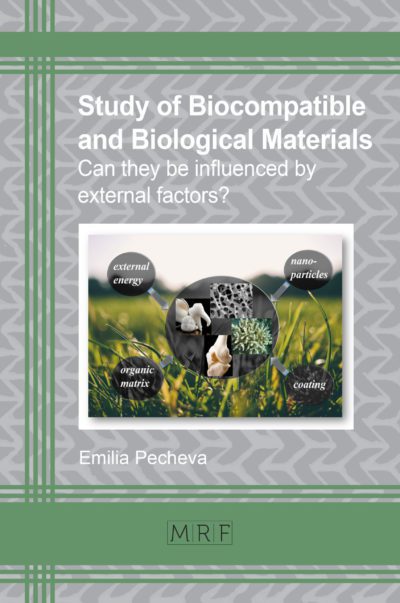Metallic Glasses and Their Composites
2nd updated and extended edition
D.V. Louzguine
Materials Research Foundations Vol. 85
Publication Date 2021, 358 Pages
Color Print ISBN 978-1-64490-100-7 (release date January 2021)
ePDF 978-1-64490-101-4
DOI: 10.21741/9781644901014
Metallic glasses and their crystal/glass composites find ever more applications in such fields as mini transformers, microelectromechanical devices, pressure sensors, precision surgical instruments, biological implants and sportive goods (springs, diaphragms, membranes, knife blades, electromagnetic wave shields, optical mirrors, power inductors, Coriolis flow meters, etc.). The book reviews recent research and suggests future developments, e.g. in the area of dual-phase composite/hybrid materials.
Keywords
Metallic Glasses, Crystal/Glass Composites, Dual-phase Composite/Hybrid Materials, Supercooled Liquid, Devitrification, Magnetic Materials, Microelectromechanical Devices, Pressure Sensors, Orthopedic Screws, Precision Instruments, Biological Implants, Electromagnetic Wave Shields, Optical Mirrors, Power Inductors, Coriolis Flow Meters
flyer
Google Preview
About the Author
Dmitri V. LOUZGUINE
Address: WPI Advanced Institute for Materials Research, Tohoku University,
2-1-1 Katahira, Aoba-Ku, Sendai, 980-8577, Japan.
Since 2007 he is the Professor and Principal Investigator at WPI Advanced Institute for Materials Research, Tohoku University, Japan.
RESEARCH ACTIVITIES
Investigation of the formation mechanisms, structure, phase transformations, deformation behavior, mechanical and physical properties of metallic glasses, nanostructured glassy-crystalline/quasicrystalline materials, composite materials having a mixed structure containing nanoparticles embedded in the glassy matrix and high-strength crystalline alloys. Long-term experience in various types of structural analysis techniques, in particular, Transmission Electron Microscopy (TEM) of nanostructured and glassy materials including nanobeam diffraction and high-resolution TEM imaging. X-ray diffraction analysis including creation of the radial distribution functions from Synchrotron-radiation XRD data.
Computer-simulation to materials science (phase transformations, crystallography).
In general, the area of expertise is Physical Metallurgy of metals and alloys which establishes the relationships between the structure of materials and their properties. This subject includes the following topics: solidification, micro- and nano-structure, crystallography, phase transformations, processing, mechanical properties and deformation behavior of metallic materials.

































